Traveling across time zones can turn even the most organized trip into a comedy of errors. One moment you’re confidently strutting through the airport — next thing you know, you’re staring at an empty departure gate wondering where everyone went. Time zone mix-ups can cause more than just minor inconveniences. They can completely derail carefully planned vacations, important business meetings, and once-in-a-lifetime experiences.
The world operates on a complex web of time zones that seems designed to confuse travelers. Here is a list of 19 common time zone mistakes that can transform your dream vacation into a logistical nightmare.
Ignoring Daylight Saving Transitions

Many travelers forget that daylight saving time doesn’t switch on the same date worldwide. Your carefully calculated arrival time in March could be off by an hour, because Europe springs forward three weeks before North America. This timing difference has caused countless missed connections. Confused passengers end up standing in empty terminals, wondering what went wrong.
Mixing Up AM and PM During Conversions

Converting 14:00 military time to 2:00 PM seems straightforward until you accidentally book that important dinner reservation for 2:00 AM instead. This mistake becomes even more dangerous when dealing with medication schedules or flight departures. Your brain gets tired during long travel days, making these simple conversion errors surprisingly common.
Like Travel Pug’s content? Follow us on MSN.
Booking Connecting Flights Without Zone Checks

Airlines display departure times in local time zones, which can create dangerous assumptions about layover duration. A two-hour layover might be just 30 minutes when you factor in the time zone change between cities. Smart travelers always double-check their actual connection time using a world clock, though many forget this crucial step.
Forgetting International Date Line Effects

Crossing the International Date Line changes your calendar date, which can disrupt hotel reservations and scheduled activities. Flying from Los Angeles to Tokyo on Tuesday means arriving on Wednesday, potentially making your Tuesday night hotel booking useless. This invisible line has confused travelers since international travel became common.
Not Updating Devices Before Departure
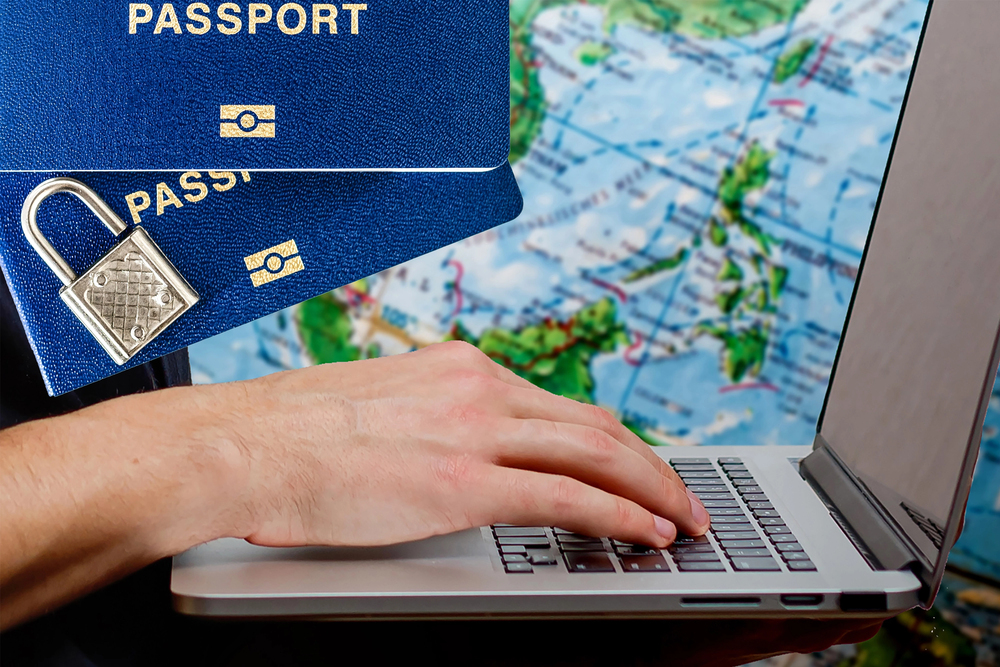
Assuming your smartphone will automatically adjust to local time zones can lead to serious problems in areas with poor cellular coverage. Many devices require manual updates in specific regions or when airplane mode has been used frequently. Relying solely on automatic updates has left travelers showing up hours late for important appointments.
Like Travel Pug’s content? Follow us on MSN.
Assuming Universal Daylight Saving Dates

Different countries change their clocks on completely different dates, creating temporary time zone chaos twice per year. Arizona stays on standard time while the rest of the United States springs forward, adding extra confusion for domestic travelers. These varying dates can throw off your schedule for weeks if you’re not paying attention.
Overlooking Regional Time Zone Exceptions
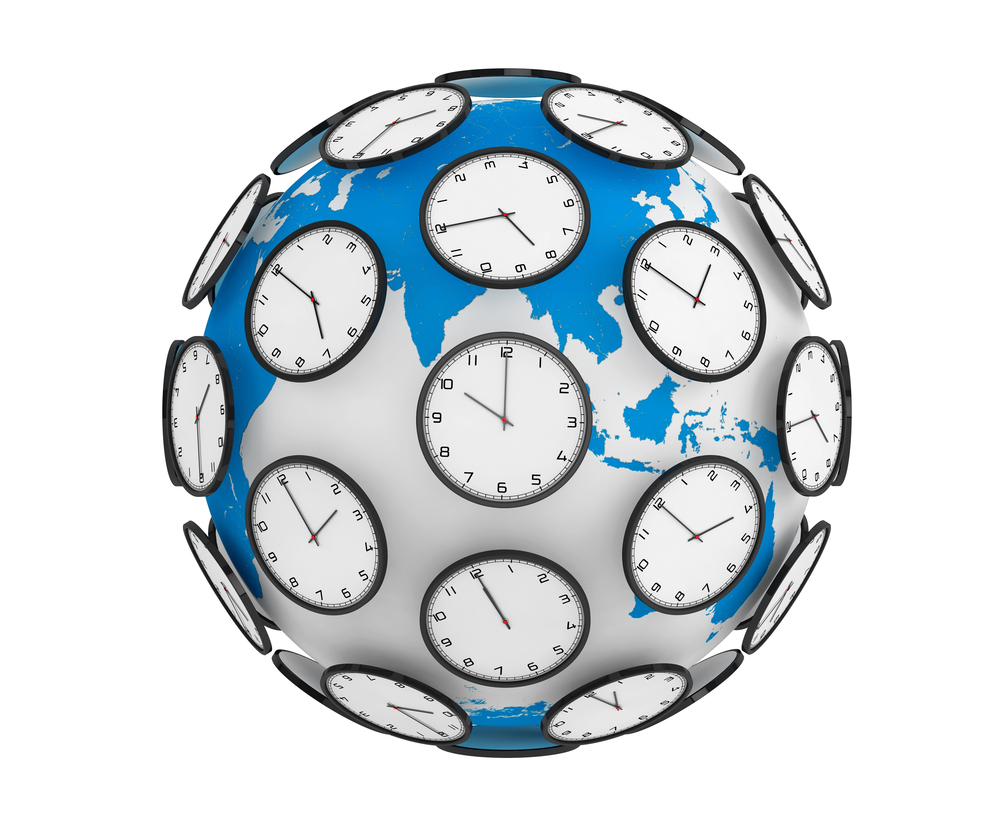
Some states and provinces operate on different time zones from their neighbors, creating unexpected complications for road trips. Indiana has counties in both Eastern and Central time zones, while parts of Canada operate on Atlantic time. These regional differences can add or subtract hours from your driving estimates.
Missing Half-Hour and Quarter-Hour Zones

Several countries operate on time zones that don’t follow the standard one-hour increments, catching many travelers off guard. India runs 5.5 hours ahead of UTC, while Nepal operates 5 hours and 45 minutes ahead. These unusual offsets can completely derail your arrival calculations if you assume all time zones follow hour-long intervals.
Like Travel Pug’s content? Follow us on MSN.
Trusting Airline Time References Blindly
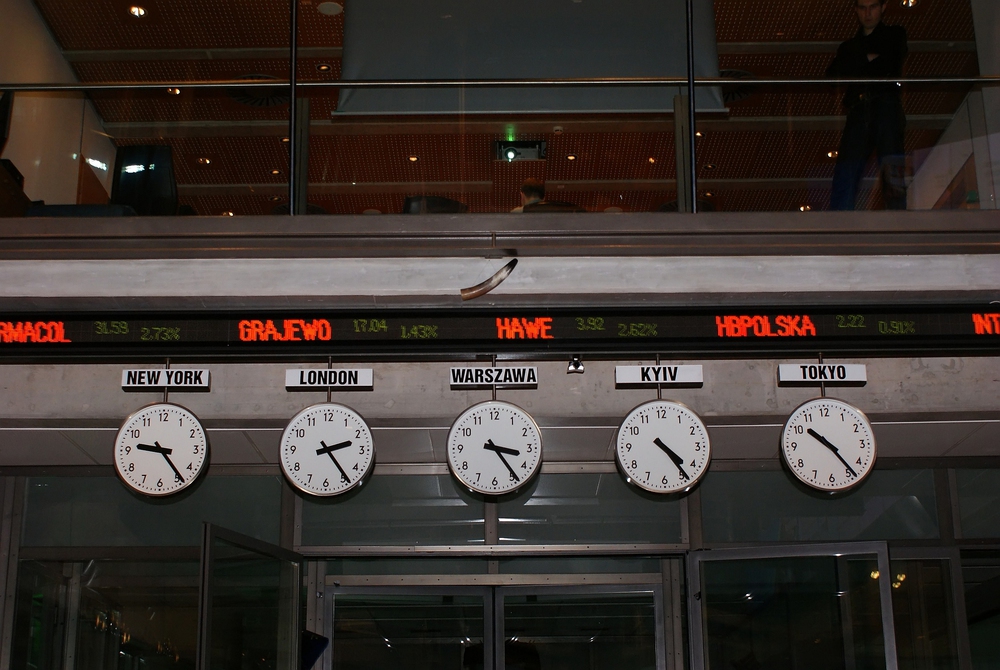
Airlines sometimes display times in different zones throughout their booking process, switching between departure city time and arrival city time without clear indicators. Your boarding pass might show local departure time while your email confirmation uses your home time zone. Always verify which time zone the airline is referencing for each piece of information.
Not Planning for Jet Lag Recovery

Scheduling important activities immediately after long-haul flights ignores the reality of jet lag and time zone adjustment. Your body needs time to sync with the new schedule, especially when crossing multiple time zones eastward. Planning a buffer day can save your itinerary from the confusion of jet lag.
Forgetting About Weekend Time Changes
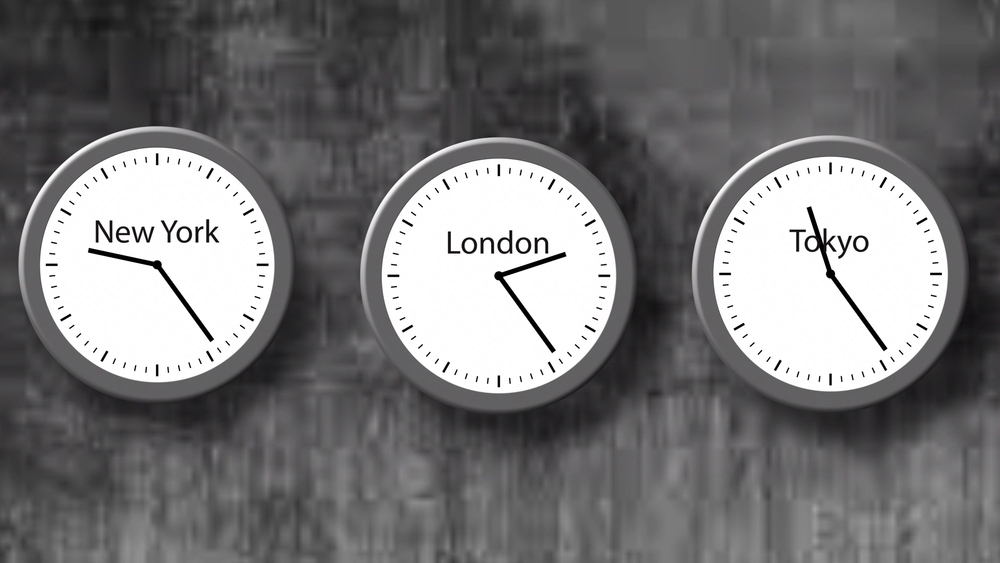
Some countries change their daylight saving time on weekends, which can affect your Monday morning meeting or Sunday afternoon flight. These weekend transitions often catch business travelers who don’t check their schedules until the workweek begins. Weekend time changes can shift your entire week’s schedule if you’re not prepared.
Like Travel Pug’s content? Follow us on MSN.
Ignoring Local Time Customs
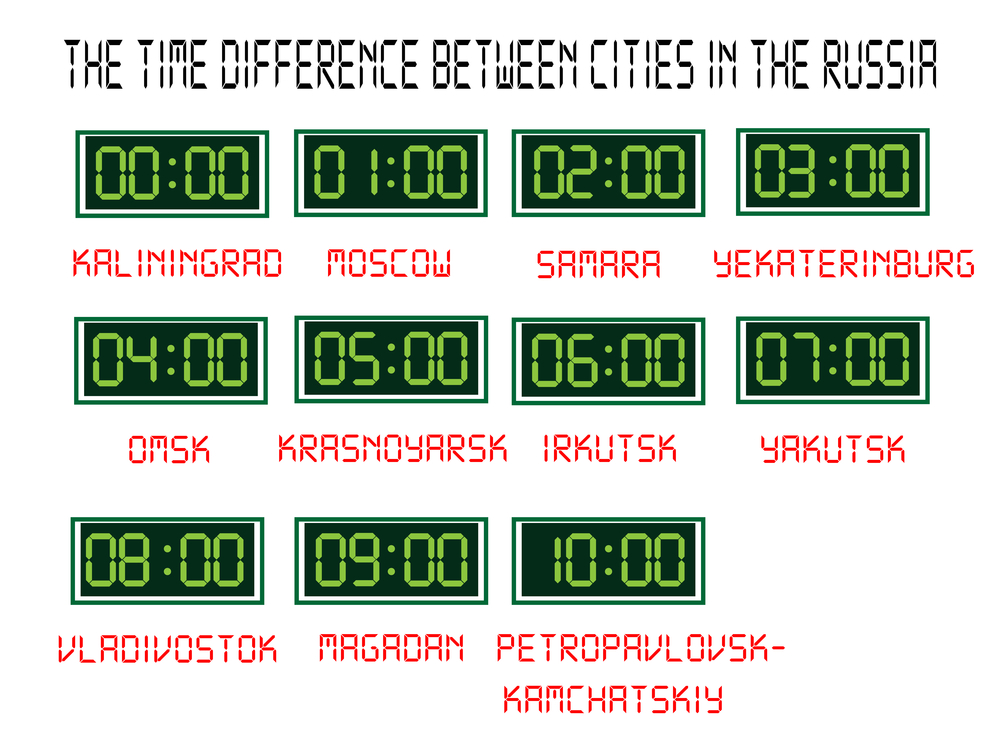
Different cultures approach punctuality and time differently, yet your schedule still needs to account for actual local time zones. Some destinations have relaxed attitudes toward scheduled times, though transportation and reservations still operate on official time zones. Understanding local customs helps, but time zone math remains constant regardless of cultural flexibility.
Not Double-Checking Hotel Confirmations

Hotel reservation systems sometimes display check-in times in your home time zone rather than the destination’s local time. This confusion has led to travelers arriving at hotels that won’t have rooms ready for hours. Always confirm that your reservation times match the hotel’s local time zone to avoid lobby camping sessions.
Relying on Single Time Zone Apps

Using only one time conversion app without cross-referencing can lead to problems when that app has outdated information or glitches. Different apps sometimes show different times for the exact location, especially during daylight saving transitions. Smart travelers use multiple sources to verify important time calculations, though it’s tempting to trust just one.
Like Travel Pug’s content? Follow us on MSN.
Missing Photography Golden Hours

Photographers often miscalculate sunrise and sunset times when traveling, missing those perfect golden hour shots they’d planned for months. Time zone confusion can put you at the scenic overlook at noon instead of dawn. These lighting opportunities don’t wait for confused travelers to figure out their time zone math.
Not Accounting for Island Time Zones

Many vacation islands operate on different time zones from their mainland countries, creating confusion for interisland travel. Hawaii operates two hours behind Pacific Daylight Time, while some Caribbean islands don’t observe daylight saving at all. These island variations can disrupt your entire multi-destination vacation schedule.
Forgetting Stopover Time Zone Changes

Extended stopovers in different time zones can confuse your internal clock, along with your itinerary planning. A 12-hour layover in Amsterdam affects your sleep schedule, plus your final destination arrival calculations. These longer stops require their time zone adjustments within your larger travel timeline.
Like Travel Pug’s content? Follow us on MSN.
Not Planning Around Rush Hours

Time zone miscalculations can land you in destination cities during peak rush hour traffic, turning a 30-minute airport transfer into a two-hour ordeal. Arriving during local morning or evening commute times can completely derail your first day’s schedule. Smart travelers research local traffic patterns along with time zone differences, though many skip this step.
Assuming Technology Handles Everything

New technology makes handling time zones more convenient, but it’s still apt to catch you out, particularly on those tricky multi-stop journeys. GPS devices and travel applications occasionally lag or are out of date, especially for those off-the-beaten-track locations. That’s why understanding time zones is a lifesaver when technology fails you at the most inconvenient time.
Learning From Past Travel Disasters

Time zone errors have been a pain for travelers since the introduction of standardized time zones in the 1880s. But with the intricacies of contemporary travel, such errors can prove to be more costly than ever. With today’s network of interdependent flights, bookings, and timetables, even a single faux pas in time zone calculations has the potential to trigger a series of missed flights and ruined plans.
It is important to conduct time zone research with the same seriousness as you would passport and visa requirements. In the fast-paced world of travel today, there’s hardly any room for confusion about time!
Like Travel Pug’s content? Follow us on MSN.
More from Travel Pug

- 20 Best Beach Towns in the Carolinas
- 13 Destinations Where Tourists Regularly Regret Their Trip
- 20 Things You Actually Get in First Class
- 20 Small Airports With Aviation Museums
- 20 Places in the U.S. That Are Perfect for a Reset Trip
Like Travel Pug’s content? Follow us on MSN.
